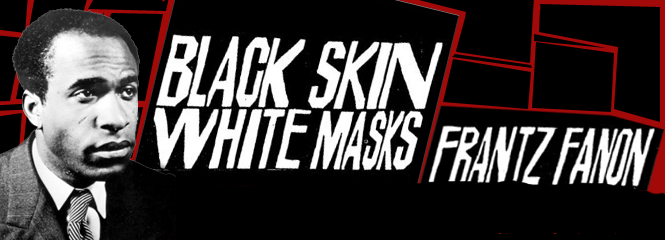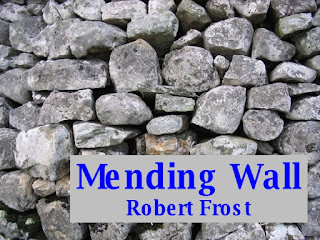
Introduction
Frank Fanon was
born on 20 July 1925 or
died on 6 December. Fanon wrote Black skin white mask book an analysis of the psychological effects of colonial
people identified as black. Black skin white mask is a sociological study
of the psychology of racism and dehumanization inherent to colonial domination.
The black man wants to be a white man. The white man slaves to be reach a human
level. Fanon describes that Black people
experience in the White world. The white people hate the black people, they
suffer a lot. Black skin, White Mask’ - This book divided in many chapters. Each
chapter has its own importance.
”The Black Man and Language “
This chapter deals with the
language of white people. The Language of White people is in center and
Language of Black people is in periphery. Black people have to learn the
language of White people. That if a black person does not learn the white man’s
language perfectly, he is unintelligent.
The Women of color and the Whiteman
The effect of white people also touched
to the society. Black Woman also wished the White Skin which White woman has. How
desire of “Whiteness”
is more in the Black woman. Because of that many “Fairness cream” and their industries grow faster and faster.
The colonized women look down
on their own. Race and deep down want to be white. In “The Bluest Eye “of “Toni Morrison” we find a black girls desire fun the blue eyes
of white men and woman.
The Man of the Color and the White Women
A
white female just because he was raised around whites so he seemed less black. They
go with them not out of love but to deal with their own race. Men want to be
white too-or at least prove they are equal to whites. Here a black man wants to
join white women. Prejudices that make
him not want to join a white man’s world. Whites represent wealth, beauty,
intelligence and virtue. White people have rules over Black people
and they have shaped that idea that whiteness is symbol of Goodness.
The So-called Dependency Complex of the colonized peoples
The writer argues against Fanon’s
view that people of color have a deep desire for white rule, that those who
oppose it to do not have a secure sense of self that they have a chip on their
shoulder. That people of color have a deep desire for white rule, that those
who oppose it to do not have a secure sense of self that they have a chip on
their shoulder. And White Saviors all come from the need of
white people to feel that their power in society is good and not racist.
The lives experience of the Blackman
Chapter-5 Fanon’s works influenced
movement of the Palestinian, African- American and others. Fanon argues about Blackness and his struggle
endured such the psychologically alimental effects of colonialism. “Black skin
or white Mask “is book about the mindset of racism. Fanon expresses his feeling
of inferiority and says, “Sin is
Black as Virtue is White”
“Dirty nigger!” Or simply, “Look, a Negro!”
The Blackman and Psychopathology
Black men are
viewed as a body which makes them seem like mindless, violent sexual, animal
beings. Bad meanings that the word “Black. Part it has to do with white men’s
repressed homosexuality and their strange hang-ups about black men’s penises.
The Negro and Recognition
Last chapter was divided into 2 sections, The negro Adler”
or “The negro and
the Hegel”
Section-“The Negro Adler”
Adler was understand someone not through
his words and action. Fanon applies Adler’s personality theory to the
‘Antillean Negro’
Different styles of white rule shaped black
people in America.
Section
B- “The Negro and the Hegel”

Hegel used their idea as a jumping
off point to understand the black from island Martinique. The ‘Hegelian
dialectic’ offers Fanon argues an explanation of what distinguishes “human reality” from
“natural reality".
Way of conclusion
The escaping the prison of one’s past
and one’s race. Fanon throughout the book deals with the inner struggle of
black when they were colony ‘the black man and language’ deals with
language. They want not only to turn white but also to avoid slipping back.
Frantz work present hybridists,
syncretistic, creolizing, national and religious peculiarity, abrogation, appropriation. The Black
people’s experience in the white world.
Blacks
were born with original sin, whites were born pure. Negro is the universalizing
himself.
“Oh my body, make me always man who questions….”









